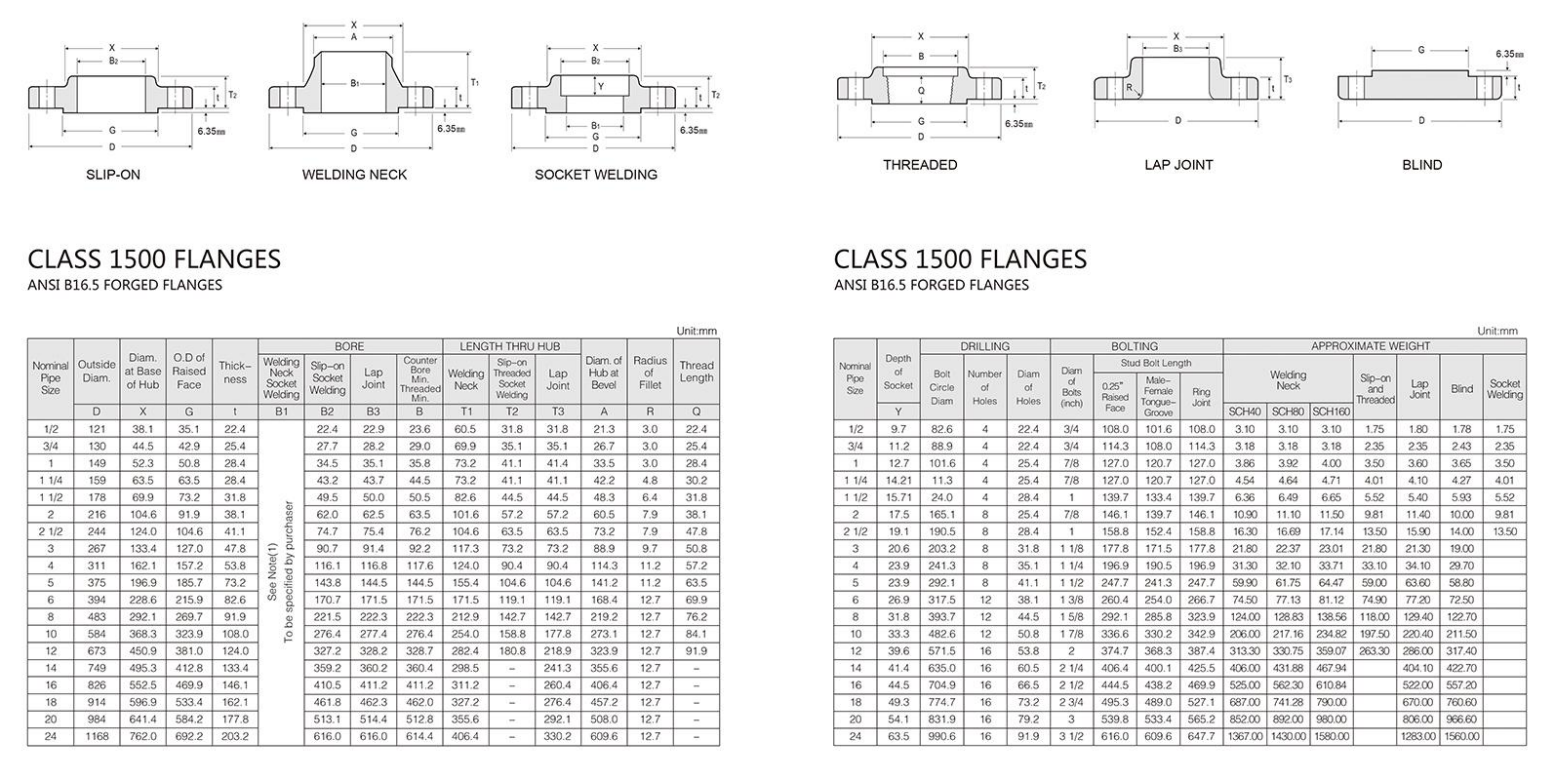-
Cangzhou Yulong Steel Co., Ltd.
-
Phone:
+86 13303177267 -
Email:
admin@ylsteelfittings.com
- English
- Arabic
- Italian
- Spanish
- Portuguese
- German
- kazakh
- Persian
- Greek
- French
- Russian
- Polish
- Thai
- Indonesian
- Vietnamese
- Zulu
- Korean
- Uzbek
- Hindi
- Serbian
- Malay
- Ukrainian
- Gujarati
- Haitian Creole
- hausa
- hawaiian
- Hebrew
- Miao
- Hungarian
- Icelandic
- igbo
- irish
- Japanese
- Javanese
- Kannada
- Khmer
- Rwandese
- Afrikaans
- Albanian
- Amharic
- Armenian
- Azerbaijani
- Basque
- Belarusian
- Bengali
- Bosnian
- Bulgarian
- Catalan
- Cebuano
- China
- China (Taiwan)
- Corsican
- Croatian
- Czech
- Danish
- Esperanto
- Estonian
- Finnish
- Frisian
- Galician
- Georgian
- Kurdish
- Kyrgyz
- Lao
- Latin
- Latvian
- Lithuanian
- Luxembourgish
- Macedonian
- Malgashi
- Malayalam
- Maltese
- Maori
- Marathi
- Mongolian
- Myanmar
- Nepali
- Norwegian
- Norwegian
- Occitan
- Pashto
- Dutch
- Punjabi
- Romanian
- Samoan
- Scottish Gaelic
- Sesotho
- Shona
- Sindhi
- Sinhala
- Slovak
- Slovenian
- Somali
- Sundanese
- Swahili
- Swedish
- Tagalog
- Tajik
- Tamil
- Tatar
- Telugu
- Turkish
- Turkmen
- Urdu
- Uighur
- Welsh
- Bantu
- Yiddish
- Yoruba

Sep . 01, 2024 23:57 Back to list
API 5L X60 Pipe Wall Thickness - Specifications and Standards
Understanding API 5L X60 Pipe Wall Thickness
When it comes to the oil and gas industry, the specifications for pipelines are of utmost importance for ensuring safety, efficiency, and durability. One of the key standards in this domain is the API 5L specification, which governs the production of line pipes. Among the various grades under this specification, API 5L X60 is particularly noteworthy, primarily due to its mechanical properties and wall thickness options.
Understanding API 5L X60 Pipe Wall Thickness
Typically, the wall thickness for API 5L X60 pipes ranges from 0.200 inches to 0.531 inches, but it can be customized further according to the project's requirements. In line pipe applications, the most commonly used thicknesses are influenced by industry standards and regulations, ensuring that they can endure the specific conditions of the transport mediums.
api 5l x60 pipe wall thickness

When selecting the appropriate wall thickness for API 5L X60 pipe, several factors must be taken into account. These include the operational pressures, types of fluids being transported, ambient temperature, and potential external loads. Additionally, the material composition of the pipe is designed to enhance its resistance to corrosion and to increase its overall strength. The X60 grade indicates a minimum yield strength of 60,000 psi, making it suitable for demanding applications.
Furthermore, the standard provides guidelines on how to assess and qualify the properties of the API 5L X60 pipes. The manufacturing process itself also plays a role in determining both the properties and wall thickness of the pipes, with techniques such as seamless or welded production methods influencing the overall performance.
In conclusion, the wall thickness of API 5L X60 pipes is a vital parameter that affects their functionality and durability in high-pressure applications. Understanding the standards and specifications surrounding wall thickness, as well as the factors influencing its selection, can help engineers and project managers make informed decisions when procuring these essential components for pipeline systems. The reliability of oil and gas transportation directly hinges on such careful considerations in design and manufacturing.
Latest news
-
ANSI 150P SS304 SO FLANGE
NewsFeb.14,2025
-
ASTM A333GR6 STEEL PIPE
NewsJan.20,2025
-
ANSI B16.5 WELDING NECK FLANGE
NewsJan.15,2026
-
ANSI B16.5 SLIP-ON FLANGE
NewsApr.19,2024
-
SABS 1123 FLANGE
NewsJan.15,2025
-
DIN86044 PLATE FLANGE
NewsApr.19,2024
-
DIN2527 BLIND FLANGE
NewsApr.12,2024
-
JIS B2311 Butt-Welding Fittings LR/SR 45°/90° /180°Seamless/Weld
NewsApr.23,2024











